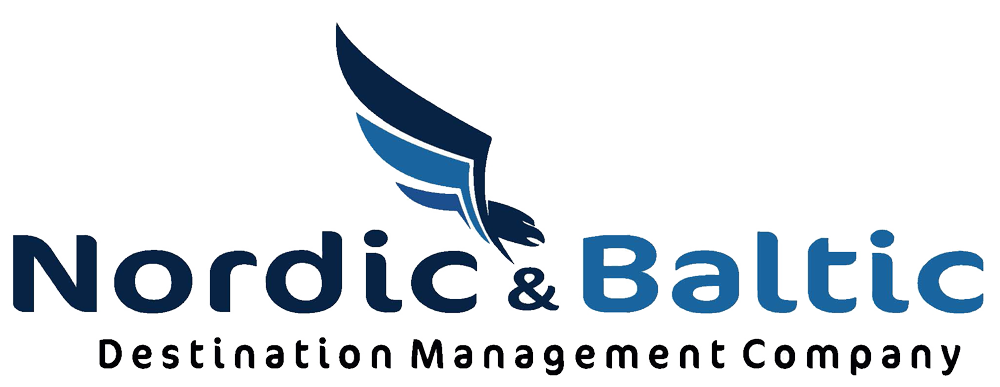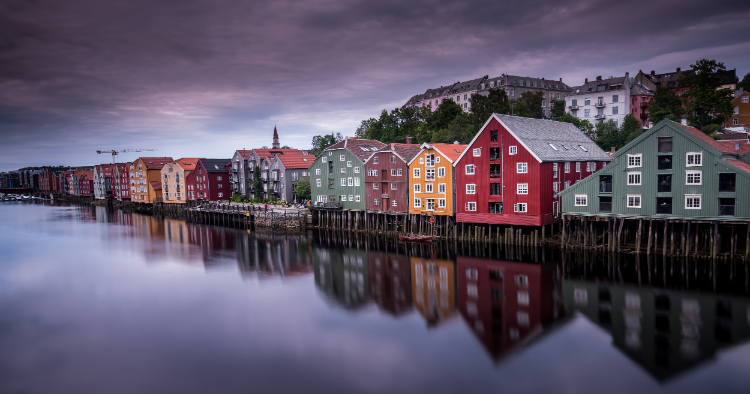When Scandinavia is mentioned in the broadest sense, the following five countries come to mind; Denmark (Denmark) Capital Copenhagen, Sweden (Sweden) Capital Stockholm, Norway (Norway) Capital Oslo, Finland (Finland) Capital Helsinki, Iceland (Iceland) Capital Reykjavik In this issue of Scandinavian Countries, we will try to present you the third country, Norway, in detail. .
NORWAY
It is among the most livable countries in the world with its natural wonder geography, nature, immaculate and attentive streets and high-prosperity people. Norway, located in the northernmost part of Western Europe, on the Scandinavian Peninsula, has narrow and deep coves and hundreds of fjords on its shores and different and eye-catching geological formations.
Neighboring Sweden, Finland and Russia, Norway must-see cities with its capital Oslo and Bergen with its fascinating architectural texture. These cities, with their colorfully painted wooden houses surrounding the port opening to the North Sea, have a very active entertainment life and fascinating historical heritage. At the same time, the country’s most popular climbing and hiking trails are located in the countryside just outside Bergen.
In the fjords, which are considered one of the most beautiful places in the world and included in UNESCO’s World Heritage List, many nature sports such as cycling, hiking, skiing and climbing are practiced, apart from boat trips, which are the most important touristic activities.
Economy and Currency
Norway has had a stable economy for years, with a vibrant private sector, a large government sector, and a well-spread social safety net. Although the country decided to withdraw from the European Union (EU) with the 1994 referendum, it partially participates in the EU market as it is a member of the European Economic Area and makes a great contribution to the EU budget.
The currency of the country is the Norwegian Krone. Indicated by NOK.
Norway is a country rich in natural resources, especially oil, natural gas, fish, forest products and minerals. Norway, which stands out especially with its seafood exports, is in the second position in the world after China in this sector.
Since 2000, natural gas production has increased instead of oil in the country. Although oil production is lower than in the past, production increased regularly for three years in a row with the addition of newly discovered oil fields on top of the high production of existing fields between 2013-2016. Norway’s electricity generation comes almost entirely from hydroelectric power stations.
Languages Spoken
The official language is Norwegian, and two different dialects, called Bokmal and Nynorsk, are used. Almost everyone is fluent in English, with German and Spanish being other known languages.
Climate and Weather
Norway is at the same latitude as Alaska and Siberia, but the climate in this Scandinavian country is milder. In late June – early August in Norway, the weather is hot and the days are long. In summer, the average air temperature reaches + 25 – 30C and the average sea temperature – + 18C.
The warmest and most stable weather is always seen on Norway’s southern coast. However, even in northern Norway in summer the air temperature can exceed +25 C. However, in the central regions and the north of Norway, the weather often changes.
In winter, most of Norway, as a rule, turns into a real snow paradise. The air temperature in Norway in winter can even drop to -40°C
Cuisine
In the country, which has a coastline of 21,500 kilometers, most of the food culture consists of fish, especially salmon. Salmon, which is the basis of Norwegian cuisine, creates delicious dishes that differ from each other with their beautiful cooking techniques. In addition, potato whiskey called Akewitt is one of the indispensables of the food culture as the national drink of the country.
For thousands of years, the severe northern climate has forced Norwegians to eat hearty and nutritious diets. Today, traditions are preserved: the main dishes on the local table are fish, meat prepared according to complex recipes, as well as milk, bread, cereals and a minimum of sauces to preserve the natural taste of products. In Norway they love seafood: they make soups, pies and hot dishes from herring, salmon, trout and halibut, unless you put it in desserts.
The most interesting of the traditional dishes are cod “lutefisk” soaked in alkali and water, fermented rakfisk trout, lamb with potatoes and forikol sprouts, smoked or fried salmon “weasel”.
Norwegians almost do not eat pork, vegetables are made unless it is the most popular side dish, and instead of bread, dry lefse is the main ingredient in flat cakes. Firstly, fish soup for snack cold sandwich “creembrod”, sweet waffle cookies “krumcake” is quite delicious.


Comment (0)